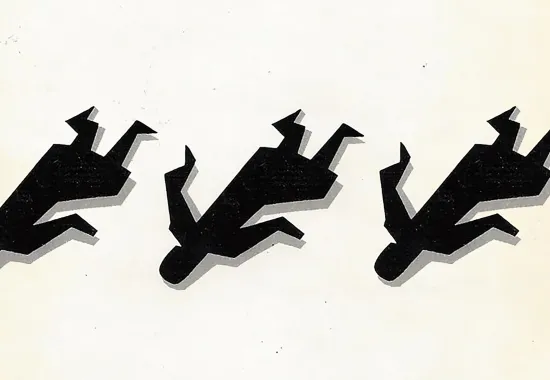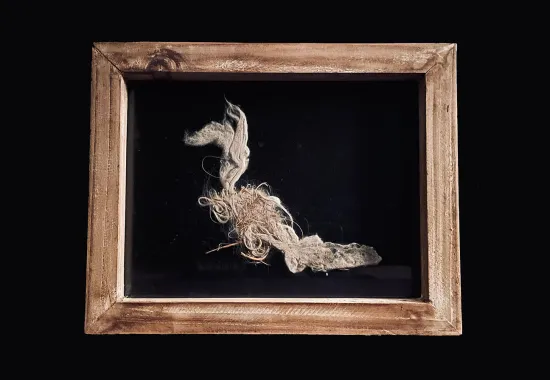Pacing in a Poem
One element that I often share with students, when we workshop poems, is the movement or pacing of a poem. The poem’s imagistic, linguistic or narrative thrust must convey the reader through the poem. The poem might center on a small drama, and this is fine. Think of a haiku. But the poem’s length has to be congruent with the level of drama. In Robert Frost’s famous poem, when a boy loses his hand to a saw, just before he stops work, the poem is rich with microcosmic and macrocosmic context, so the poem is longer, and narrative. Sometimes the “meat” or the “juicy” part of a poem does not actually occur until later in the draft, often because as the writer begins, he or she doesn’t reach “lift-off,” or its real central metaphor, or dramatic upswing, or the language doesn’t become really compelling until a certain point in the draft. Often this is because the writer is gearing up before her or his unconscious begins to drive the poem. And it’s the unconscious that really comes up with compelling imaginative ideas.
There is a balance between the way the reader moves through the poem and the “pay-off” for the reader. The reader must be kept engaged by the poem, and the poem needs to offer or give an experience to the reader, whether purely linguistic, or centered in imagery, or in a dramatic moment or series of moments, or a story.
My students are often confused about what I mean by pacing, but I mean the poem can’t meander on for 3 pages unless those 3 pages pack some kind of punch. That is why in the guidelines for submission to the Hearst Prize, NAR editors suggested sending in a poem that was no more than a page in length. They were referring to the difficulty of sustaining that energy, and poetry, because it is, in general, about compression and condensed language, works best, often, on one page!
Recommended
A Behind the Scenes Look at Art Selection and Cover Design for the NAR
“Doubling and the Intelligent Mistake in Georges Simenon’s Maigret’s Madwoman”
What the Birds Showed My Wounded Child, My Adaptive Adolescent, & My Wise Adult






